The Real Size of Things
What we think we know is often very different from reality...
One of the quotes I always come back to from Dead Poets Society is Professor Keating’s call to challenge our own assumptions:
Just when you think you know something, you have to look at it in another way.
Funny, isn’t it, how these words linger as we move through life, nudging us to examine everything we do? From the way we think we know a person, only to discover something that forever shifts our perception of them, to moments when new facts compel us to reconsider political beliefs we once thought defined us — our perspectives can evolve in ways that are both profound and unexpected.
After all, as the saying goes, only the foolish and the dead never change their minds…
Beauty is truth is a reader-funded publication that relies entirely on your support. There are no ads here, just a passion for sharing beauty.
Upgrade your subscription for just a few dollars a month to help our mission and access members-only content 👇🏻
Even in smaller, seemingly trivial matters — like our assumptions about the scale of the world around us — we often find reality diverges dramatically from our mental image. And that is why revisiting what we “know” and examining it from a different angle is not just valuable, but essential.
This principle applies across the board: from the grandeur of iconic monuments, to the true dimensions of countries and continents (as strange or conspiratorial as that may sound), to the scale of the universe itself. What we perceive from a distance often bears little resemblance to reality.
Here are 8 examples that show how the true size of things is often far different — and far more fascinating — than we might imagine…
1. Titanic vs. a Modern Cruise Ship
The legendary British ocean liner, which tragically sank in the early hours of 15 April 1912 on her maiden voyage, was the largest ship in the world at the time. She measured 269.06 meters (882 feet 9 inches) in length, with a maximum breadth of 28.19 meters (92 feet 6 inches), and had a gross tonnage of approximately 46,328–46,329 tons.
By comparison, the Icon of the Seas, the largest cruise ship in the world today, dwarfs Titanic with a gross tonnage of 248,663 GT and a length of 364.75 metres.
2. Africa and the Mercator Projection
For over 450 years, our understanding of the world has been shaped by a map that is fundamentally misleading. In reality, you could fit the United States, China, India, Japan, and much of Europe into Africa, and still have land left over…
Similarly, Greenland appears comparable in size to Africa on many maps, when in fact Africa is 14 times larger, and Alaska looks about the same size as Australia, though Australia is actually 4.5 times bigger.
The reason for these distortions lies in the Mercator projection, which enlarges landmasses the farther they are from the equator. As a result, regions such as Greenland and Antarctica appear far larger than they truly are, while equatorial lands are understated in size.
3. Great Pyramid of Giza
You truly don’t grasp the scale of the pyramids until you see them in person…
The Great Pyramid of Giza, the only wonder of the ancient world to remain largely intact, originally stood at 146.6 metres (481 feet), making it the tallest human-made structure on Earth for thousands of years.
Constructing it required quarrying an estimated 2.3 million massive blocks, totaling around 6 million tonnes. Some of the granite blocks used in the King’s Chamber, sourced from Aswan, weighed up to 80 tonnes each.
The more you learn about the pyramids, the more their construction seems incomprehensibly complex and almost impossible to fathom, especially once you’ve stood in their immense shadow…
4. Mercury, the Sun and the Moon
The little dot in front of the Sun is Mercury:
About 6 million Mercurys would equal the Sun’s mass, and Earth could hold around 18 Mercurys in terms of volume.
Another fun fact: the Sun and Moon appear to be the same size in the sky due to a cosmic coincidence: the Sun is about 400 times larger in diameter than the Moon, but it is also about 400 times farther away.
This specific ratio allows the Moon to completely obscure the Sun’s disk during a total solar eclipse…
5. Salvador Dalí vs. Diego Velázquez
Two of the most famous paintings by two of Spain’s greatest artists couldn’t be more different in size, and the actual dimensions of these works may surprise you compared to the image you likely have in your mind.
One of the most fascinating characteristic of Las Meninas is its sheer scale:
Velázquez’s magnum opus, considered one of the most important paintings in the history of Western art, measures 318 cm × 276 cm (125.2 in × 108.7 in) — a size comparable to the canvas depicted within the painting itself.
In stark contrast, one of Salvador Dalí’s most recognizable works, The Persistence of Memory, is astonishingly tiny — only 24 cm × 33 cm (9.5 in × 13 in).
Yet despite its small size, it completely mesmerizes viewers, commanding attention the moment you stand before it at the MoMA in New York City.
6. The Giant Flag of an 18th-Century Warship
These are the actual dimensions of the giant flag flown by the French ship Généreux, which was captured in 1800 by one of Admiral Nelson’s captains, Edward Berry, during the Battle of the Malta Convoy.
Measuring an incredible 16 metres by 8.3 metres (52 feet by 27 feet), this enormous flag is believed to be one of the earliest Tricolours still in existence.
7. Blue Whale Heart
It’s no surprise that one of the most extraordinary facts about size comes straight from the natural world.
The blue whale’s heart is the largest on the planet, weighing up to 400 pounds (181 kg). It beats just once every 10 seconds and each thundering pulse sends 220 litres of blood coursing through its immense body — a sound so powerful it can be detected by sonar more than 3 kilometres away.
Stretching up to 30 metres (around 100 feet) and weighing as much as 200 tonnes, the blue whale holds the record as the largest animal ever known to exist on Earth.
Nature never fails to amaze…
8. Michelangelo’s David
At an impressive 5.17 meters (17 feet) tall, David is not only the first colossal marble statue of the High Renaissance but also the largest since classical antiquity.
Originally commissioned as one of twelve statues for the roof of Florence Cathedral, David’s perfection made it too magnificent for that spot. It was instead placed in the public square in front of the Palazzo della Signoria, Florence’s civic seat. In 1873, it was moved to the Galleria dell’Accademia, where restorers dust it every 2–3 months.
Many consider David the most beautiful work of art ever created. Yet no image, no photograph, can truly convey the staggering achievement of Michelangelo carving this towering figure from a single block of marble — a single human hand, guided by genius, bringing such colossal perfection to life.
Giorgio Vasari, the father of art history, declared it surpassed “all ancient and modern statues, whether Greek or Latin,” while Goethe said that Michelangelo’s “greatness is beyond all description.”
Thanks for reading! A quick reminder: this newsletter runs entirely on reader support. If you enjoy the content, consider contributing a few dollars a month. Your support makes a huge difference — and as a bonus, you’ll get access to exclusive articles, the subscriber-only chat and the full archive. Thank you!



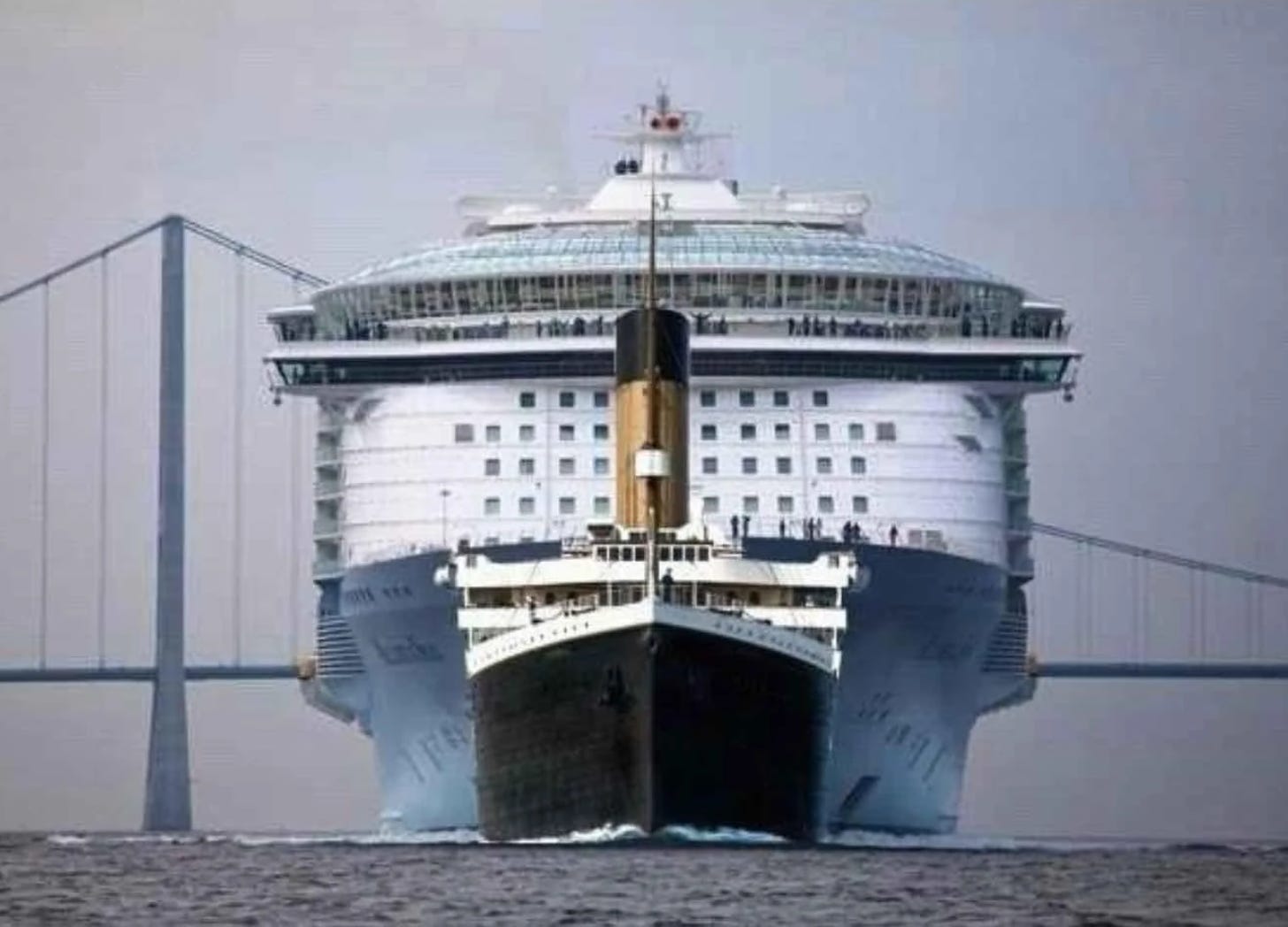
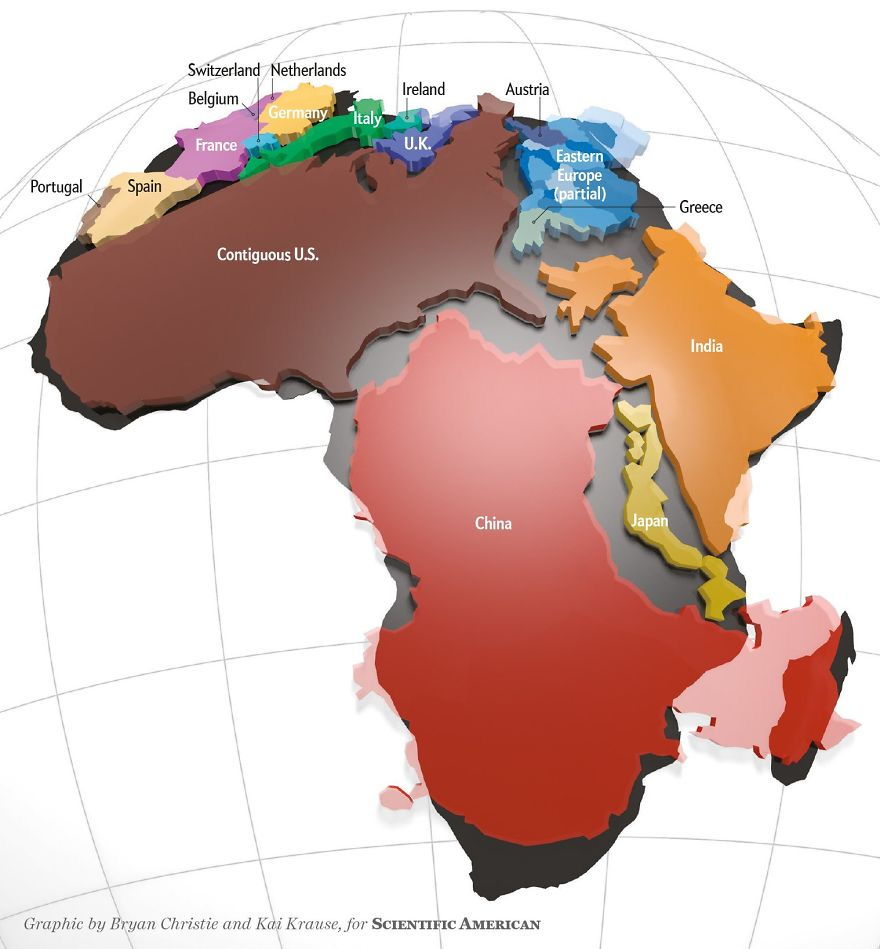

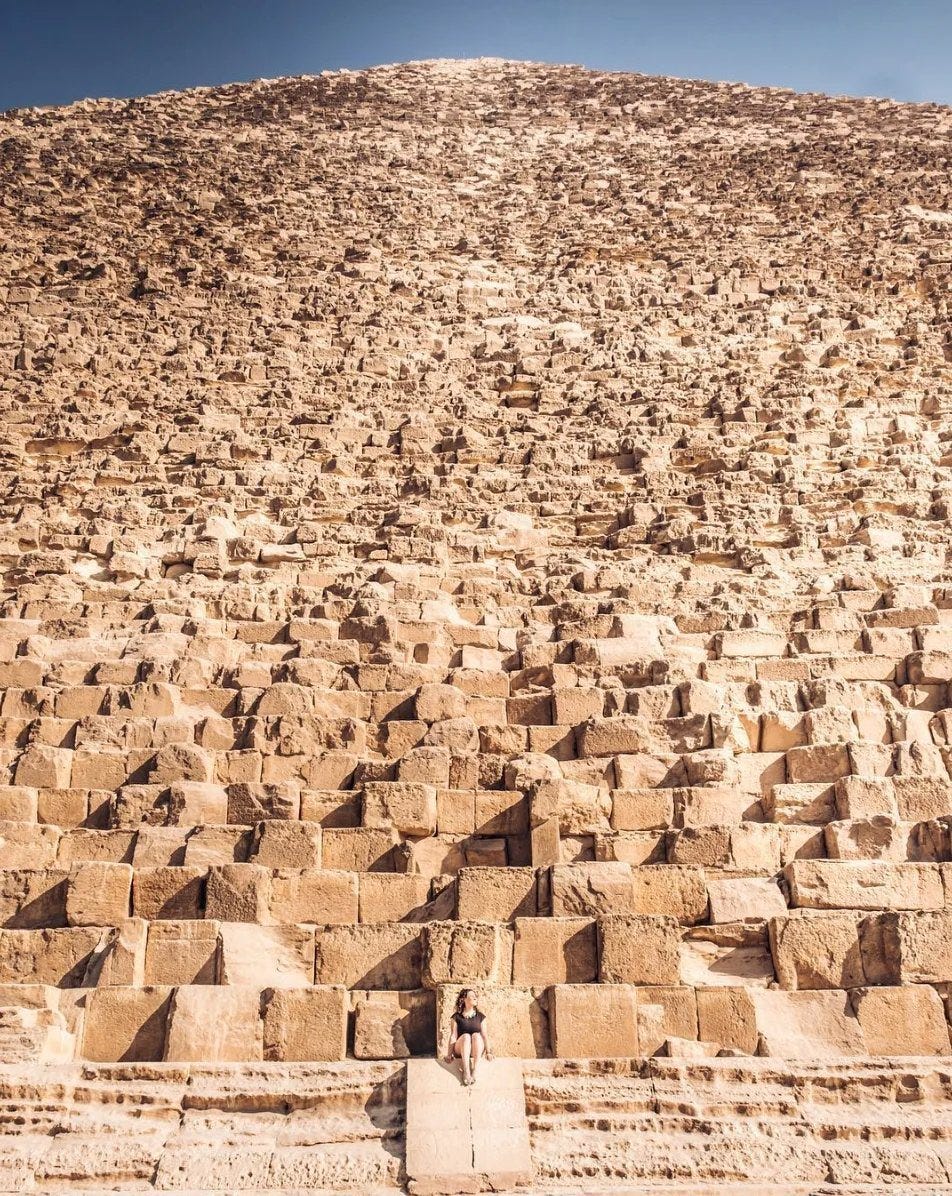


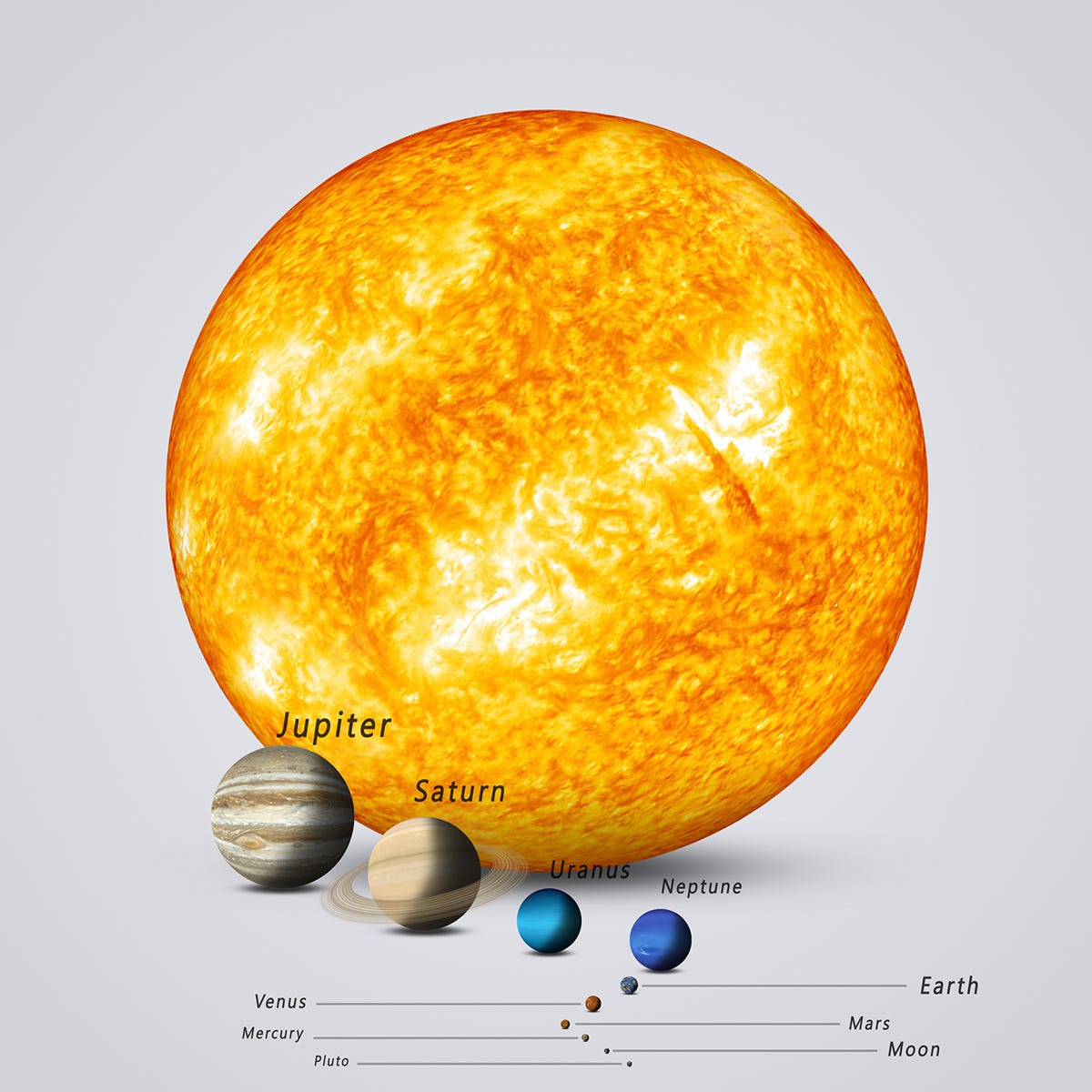


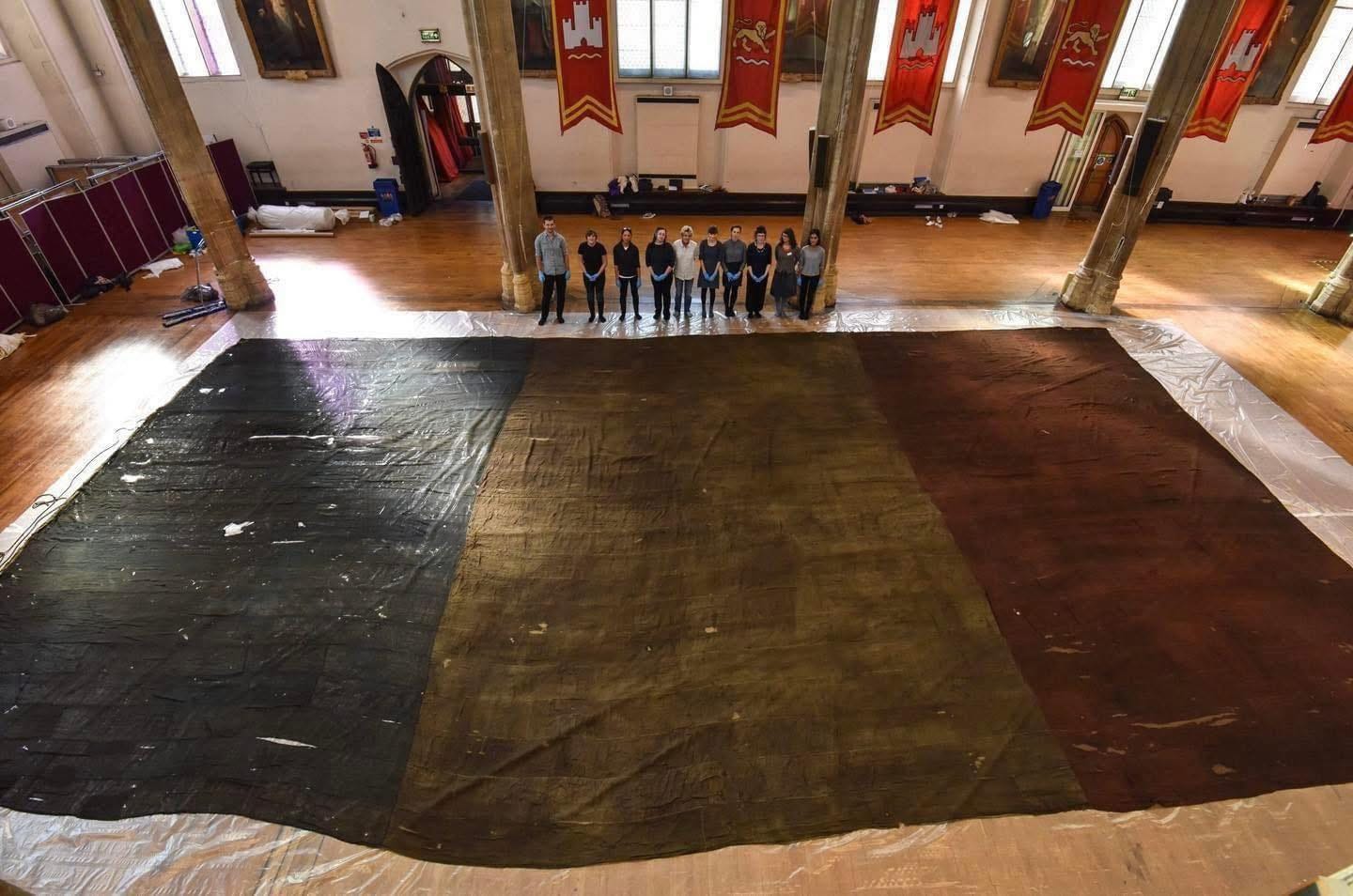



And I can only add, from Steven Wright:
“A spaceship landed in my backyard and these very tiny creatures came out. I said to one: “Are you really very tiny? and he said: “No, we’re really very far away.”
It is very interesting article. I think this one helps to have different perspective when it comes about our personal knowledge.